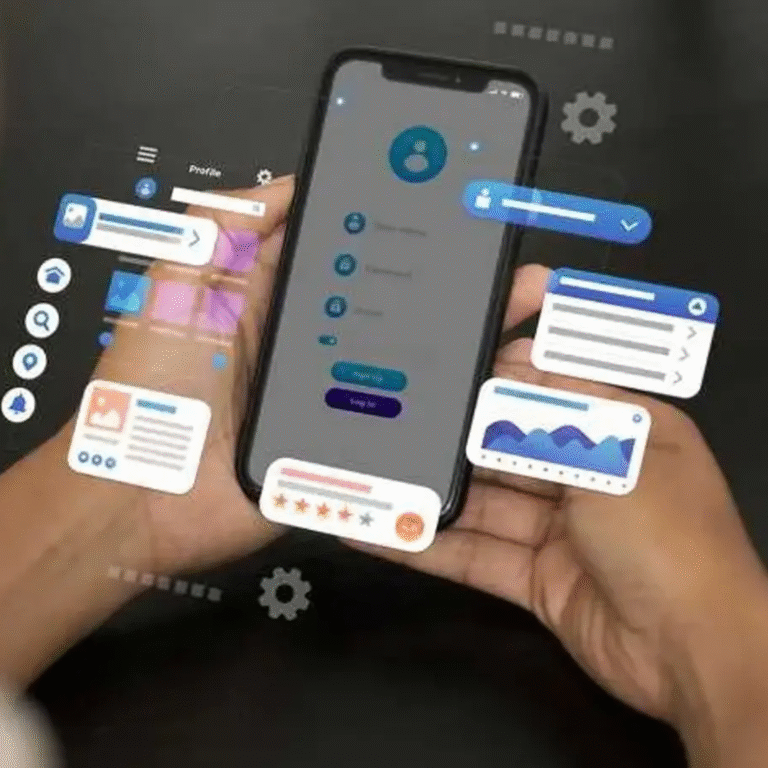In today’s hyper-connected world, influencer marketing is no longer just about celebrities or mega influencers with millions of followers. Brands are now shifting their focus toward micro-influencers, individuals with smaller but highly engaged audiences. This shift is not just a trend; it’s a game-changer in digital marketing for 2025 and beyond.
What Are Micro-Influencers?
Micro-influencers typically have between 5,000 to 50,000 followers on platforms like Instagram, TikTok, or YouTube. Unlike traditional influencers, their strength lies in niche expertise, authenticity, and stronger audience connections.
Brands prefer working with micro-influencers because their followers trust them more, resulting in higher engagement rates and better ROI.
Why Micro-Influencers Are Gaining Popularity
- Authenticity Over Popularity
Today’s customers can easily spot overly polished or paid promotions. Micro-influencers are perceived as real, relatable, and trustworthy, making their recommendations more powerful. - Higher Engagement Rates
Studies show that micro-influencers generate 60% more engagement than celebrity influencers. Their audiences actively interact with content, leading to stronger brand awareness. - Cost-Effective Marketing
Hiring mega-influencers can drain budgets quickly. Micro-influencers offer affordable collaborations while still delivering impressive returns on investment. - Niche Targeting
Micro-influencers often specialize in specific industries like fitness, tech, beauty, or food. This allows brands to target a precise audience, boosting relevance and conversions.
The Impact of Micro-Influencers on ROI
Investing in micro-influencers doesn’t just save costs, it maximizes ROI. Businesses leveraging micro-influencers often report:
- Stronger customer trust
- Better lead generation
- Higher conversion rates
- Long-term brand loyalty
For small and mid-sized businesses, micro-influencers represent the perfect balance of affordability and influence.
How Brands Can Leverage Micro-Influencers in 2025
- Identify the Right Niche Influencers
Focus on influencers who align with your brand values and target audience. Quality matters more than quantity. - Build Long-Term Relationships
Instead of one-off campaigns, develop ongoing partnerships to build brand trust over time. - Use Data to Measure Success
Track KPIs such as engagement, impressions, and conversions to understand campaign effectiveness. - Leverage Multiple Platforms
Don’t stick to just Instagram, explore TikTok, YouTube, and LinkedIn to reach wider audiences.
The Future of Digital Marketing with Micro-Influencers
As digital consumers demand authenticity, personalization, and connection, micro-influencers will continue to dominate the marketing landscape. Brands that embrace this trend in 2025 will enjoy sustainable growth, stronger engagement, and a competitive edge.
Conclusion
The rise of micro-influencers is reshaping how businesses approach digital marketing strategies. They offer authentic voices, higher ROI, and niche engagement opportunities, making them the future of influencer marketing.
Let’s create a custom influencer marketing strategy for your business. Contact us now.




